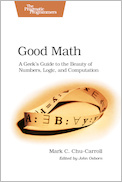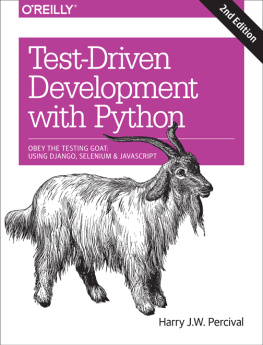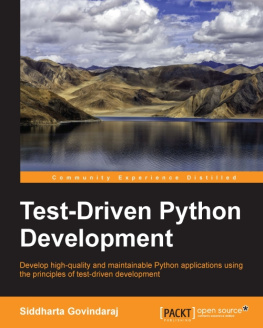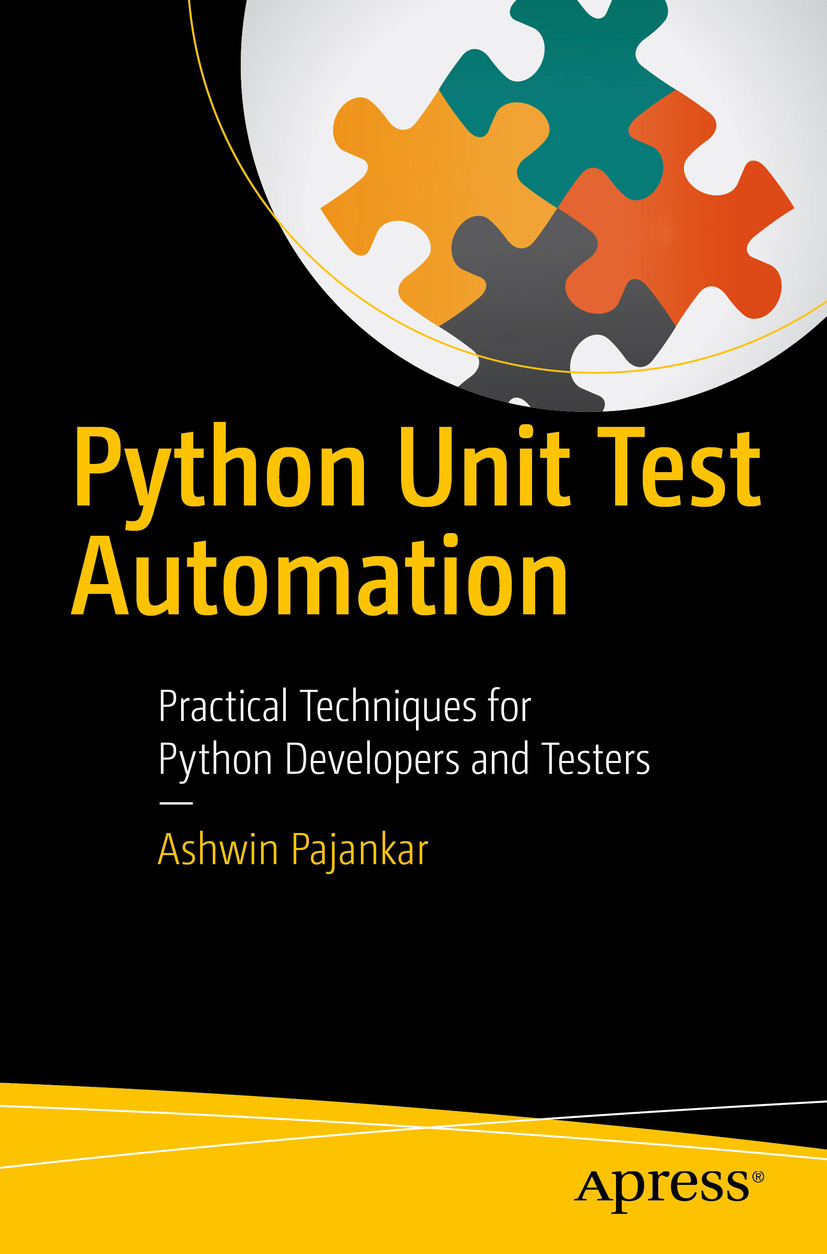Pajankar - Python unit test automation practical techniques for Python developers and testers
Here you can read online Pajankar - Python unit test automation practical techniques for Python developers and testers full text of the book (entire story) in english for free. Download pdf and epub, get meaning, cover and reviews about this ebook. City: United States, year: 2017, publisher: Apress, genre: Computer. Description of the work, (preface) as well as reviews are available. Best literature library LitArk.com created for fans of good reading and offers a wide selection of genres:
Romance novel
Science fiction
Adventure
Detective
Science
History
Home and family
Prose
Art
Politics
Computer
Non-fiction
Religion
Business
Children
Humor
Choose a favorite category and find really read worthwhile books. Enjoy immersion in the world of imagination, feel the emotions of the characters or learn something new for yourself, make an fascinating discovery.
Python unit test automation practical techniques for Python developers and testers: summary, description and annotation
We offer to read an annotation, description, summary or preface (depends on what the author of the book "Python unit test automation practical techniques for Python developers and testers" wrote himself). If you haven't found the necessary information about the book — write in the comments, we will try to find it.
This book explores the important concepts in software testing and their implementation in Python 3 and shows you how to automate, organize, and execute unit tests for this language. This knowledge is often acquired by reading source code, manuals, and posting questions on community forums, which tends to be a slow and painful process.
Python Unit Test Automationwill allow you to quickly ramp up your understanding of unit test libraries for Python 3 through the practical use of code examples and exercises. All of which makes this book a great resource for software developers and testers who want to get started with unit test automation in Python 3 and compare the differences with Python 2.
This short work is your must-have quick start guide to mastering the essential concepts of software testing in Python.
What Youll Learn:
Essential concepts in software testing
Various test automation libraries for Python, such as doctest, unittest, nose, nose2, and pytest
Test-driven development and best practices for test automation in Python
Code examples and exercises
Who This Book Is For:
Python developers, software testers, open source enthusiasts, and contributors to the Python community
Pajankar: author's other books
Who wrote Python unit test automation practical techniques for Python developers and testers? Find out the surname, the name of the author of the book and a list of all author's works by series.

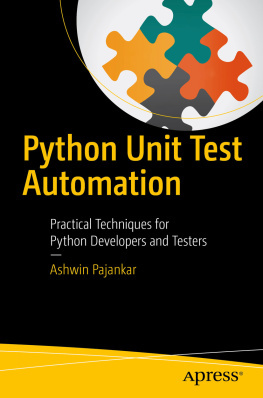
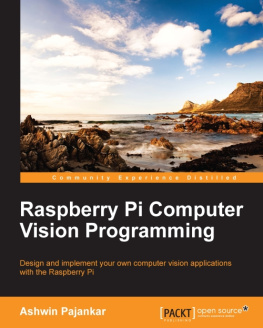

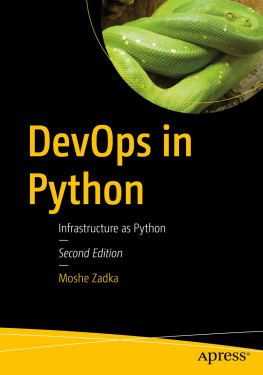
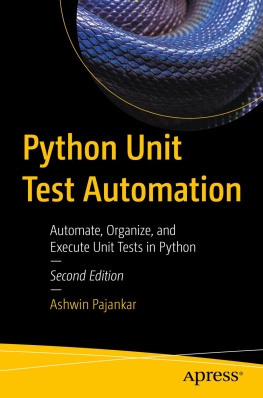
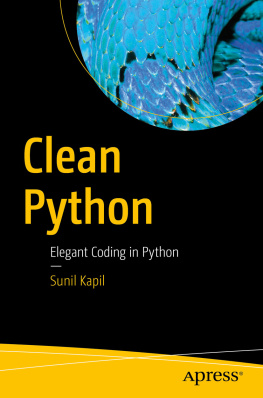
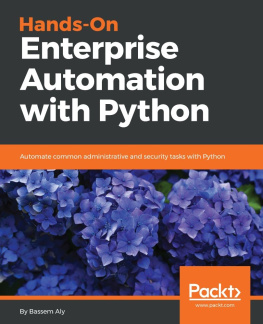

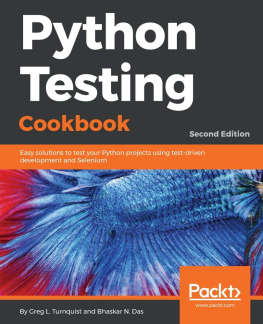
![Joannah Nanjekye [Joannah Nanjekye] - Python 2 and 3 Compatibility: With Six and Python-Future Libraries](/uploads/posts/book/124063/thumbs/joannah-nanjekye-joannah-nanjekye-python-2-and.jpg)
